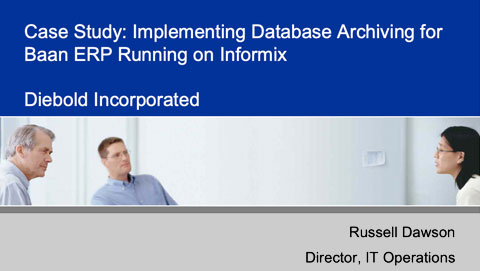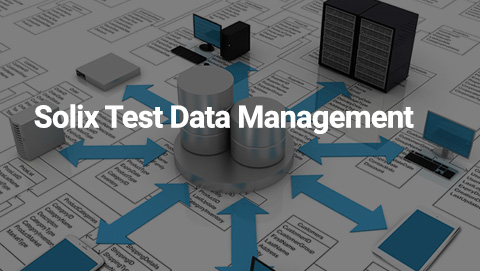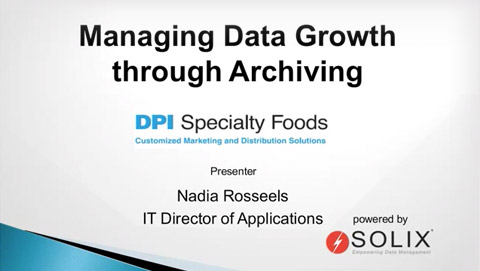Vector Database
What is a Vector Database?
A vector database is a specialized database designed to store and efficiently search high-dimensional vector data. Vector databases enable applications to perform efficient similarity searches and retrieve data points with similar characteristics across these multiple dimensions.
What are Vectors?
Vectors are mathematical objects that represent the magnitude and direction of something in a multi-dimensional space. Each dimension corresponds to a specific feature or attribute. For example, a vector representing a document might have dimensions for word frequency, topic distribution, and sentiment.
What are Vector Embeddings?
Vector embeddings are a way to represent complex data, like text, images, or audio, as vectors. This is achieved by applying machine learning techniques that capture the essential characteristics of the data and map them to a numerical representation.
Vector Database vs. Vector Indexing:
While both deal with vectors, there’s a key difference:
- Vector databases:
Store the entire vector along with other associated data (e.g., metadata) and are optimized for similarity search and retrieval.
- Vector indexing:
Integrates with traditional databases to enable efficient searches within the existing data structure. It focuses solely on indexing vectors for faster retrieval within the traditional database.
Types of Vector Databases:
- Memory-mapped:
Store vectors in RAM for faster access but have limited scalability.
- Disk-based:
Store vectors on disk and offer better scalability but with slower access times.
- Hybrid:
Combine memory-mapped and disk-based storage for a balance between speed and scalability.
How a Vector Database works:
- Data processing:
Raw data undergoes transformation (e.g., text pre-processing) and embedding to convert it into vectors.
- Indexing:
The vectors are indexed using specialized algorithms for efficient retrieval.
- Similarity search:
Users can query the database with a new vector (e.g., a query image) to find similar data points based on their vector distance.
How are Vector Databases used?
- Recommendation systems:
Recommend similar products, articles, or videos to users based on their past preferences.
- Fraud detection:
Identify fraudulent transactions by comparing them to known patterns represented as vectors.
- Image search:
Find similar images based on their visual content.
- Natural language processing:
Analyze and understand the meaning of text data through vector representations.
Advantages of using Vector Databases
- Faster similarity search:
Compared to traditional databases, vector databases excel at finding similar data points, crucial for applications like recommendations and anomaly detection.
- Semantic understanding:
By capturing the underlying meaning of data, vector databases enable applications to handle data with greater context and nuance.
- Scalability:
Vector databases can handle large amounts of high-dimensional data efficiently.
Limitations of Vector Databases:
- Complexity:
Setting up and managing vector databases can be more complex than traditional databases.
- Interpretability:
Understanding the relationships between data points in high-dimensional vectors can be challenging.
- Explainability:
Explaining the rationale behind recommendations or search results derived from vector similarity can be difficult.
Use cases for Vector Databases
- Personalized search:
Enhance search engines by retrieving relevant results based on user intent, not just keywords.
- Chatbots:
Develop more intelligent chatbots that can understand and respond to user queries in a contextual way.
- Machine translation:
Generate more accurate and natural-sounding translations by considering the semantic context of the text.
- Social media analysis:
Analyze large volumes of social media data to understand trends, identify communities, and detect sentiment.
How Vector Databases interact with existing data ecosystems:
Vector databases can integrate with existing data pipelines and systems through APIs and data connectors. This allows organizations to leverage the power of vector similarity search within their existing data infrastructure.
Key differences between Vector Databases and Traditional Databases
| Feature | Vector Database | Traditional Database |
|---|---|---|
| Data Type | Unstructured data (text, images, audio) with vector embeddings | Structured data (numbers, strings) |
| Data Organization | Vectors in multi-dimensional space | Tables with rows and columns |
| Indexing | Similarity-based indexing | Keyword-based indexing |
| Search | Semantic search (finds similar data points) | Exact match search |
| Strengths | Efficient similarity search, handling high-dimensional data, real-time applications | Transactional support, complex queries on structured data |
| Weaknesses | Limited support for structured data, newer technology | Less efficient for unstructured data and similarity search |
| Use Cases | Machine learning, recommendation systems, anomaly detection | Business transactions, record keeping, data analysis |
Vector databases represent a powerful new tool for working with high-dimensional data and unlocking the potential of AI applications. As the field of artificial intelligence continues to evolve, vector databases are poised to play an increasingly important role in various applications demanding efficient and accurate data retrieval based on semantic similarity.
FAQs:
What are some of the challenges associated with using Vector Databases?
While vector databases offer significant advantages, they also come with some challenges:
- Data security:
Ensuring the security and privacy of sensitive data stored in vector databases requires careful consideration of access control mechanisms and encryption techniques.
- Explainability and bias:
Understanding the rationale behind recommendations or search results derived from vector similarity can be challenging, and it’s crucial to be mindful of potential biases embedded within the vector representations.
- Evolving technology:
The field of vector databases is rapidly evolving, and staying up-to-date with the latest advancements and best practices can be demanding.
How do Vector Databases compare to other database technologies like graph databases?
Both vector databases and graph databases excel at handling complex relationships between data points. However, they differ in their strengths:
- Vector Databases:
Focus on efficient similarity search based on vector distance, making them ideal for applications like recommendation systems and anomaly detection.
- Graph Databases:
Focus on representing and querying relationships between data points explicitly, making them valuable for applications like social network analysis and knowledge graphs.
Can I use a Vector Database with my existing data lake?
Yes, it’s possible to integrate vector databases with existing data lakes. This can be achieved through:
- Data pipelines:
Develop data pipelines to extract relevant data from the data lake, transform it into vector representations, and store them in the vector database.
- APIs and connectors:
Many vector database vendors offer APIs and connectors that facilitate seamless integration with various data platforms and tools.
What are the future trends in Vector Database technology?
The future of vector databases is expected to see advancements in:
- Scalability and performance:
Continued improvements in hardware and software will enable vector databases to handle even larger and more complex datasets efficiently.
- Explainability and interpretability:
Research efforts are ongoing to develop methods for making vector representations and the reasoning behind similarity search results more understandable.
- Integration with AI applications:
Vector databases are expected to become even more tightly integrated with various AI applications, fostering the development of more powerful and intelligent systems.





